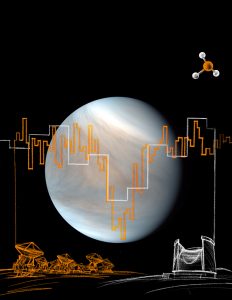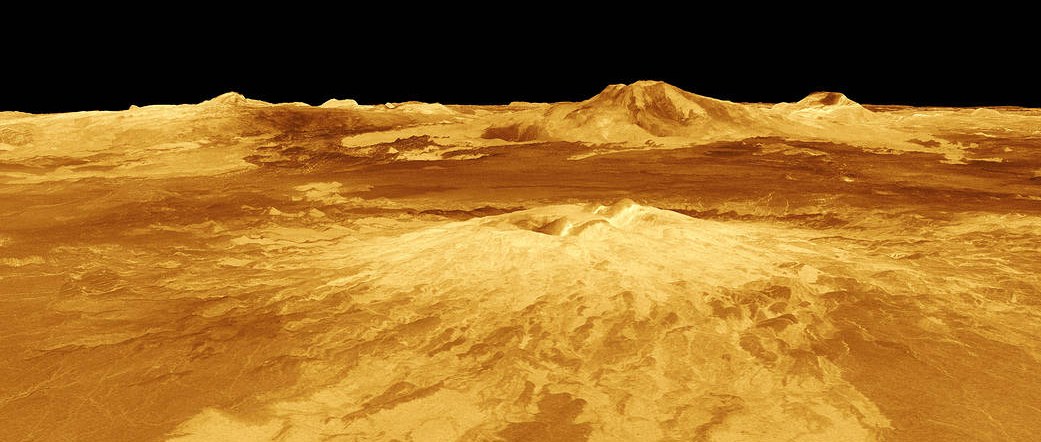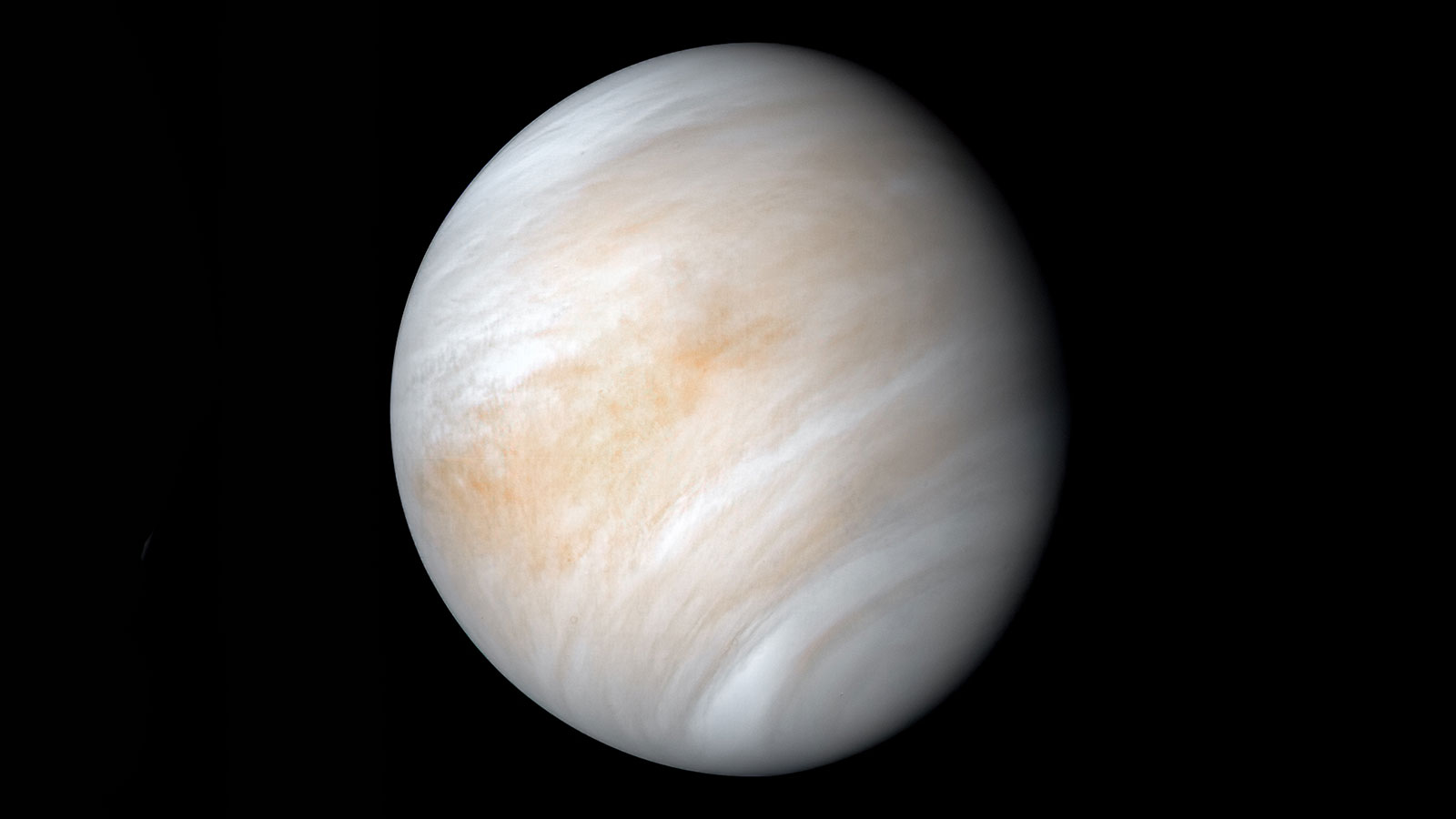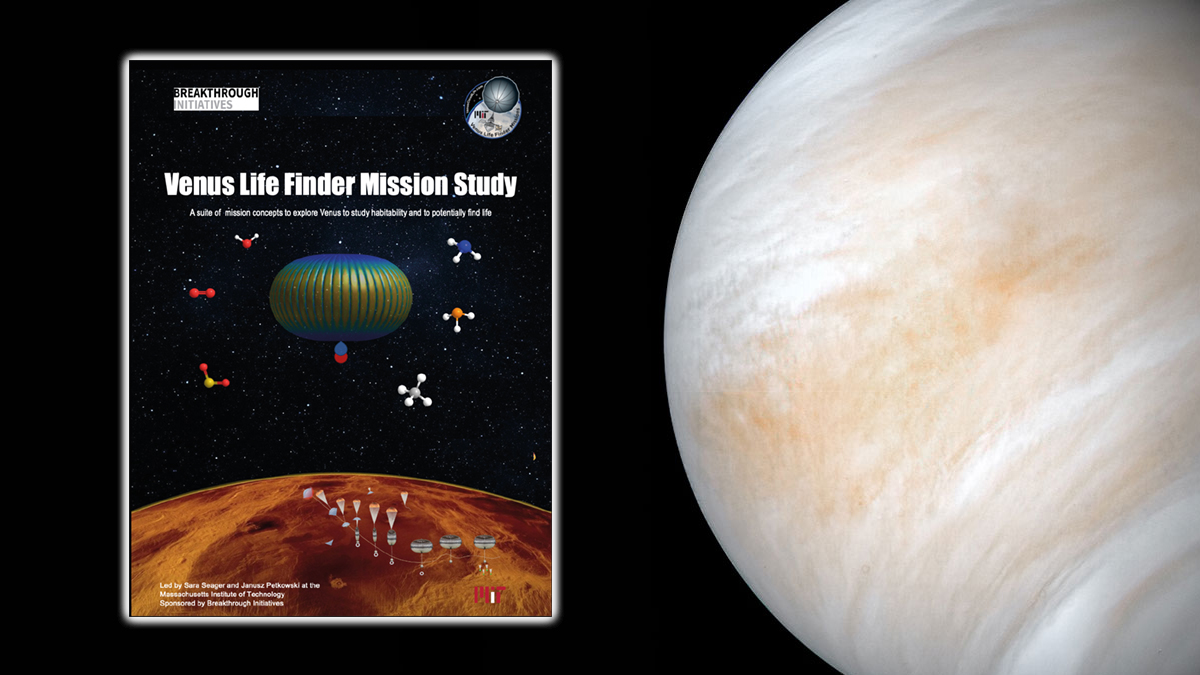On September 14, 2020 Dr. Jane Greaves of Cardiff University announced that she detected phosphine in Venus’ atmosphere using the James Clerk Maxwell Telescope (JCMT) in Hawaii, and the Atacama Large Millimeter Array (ALMA) observatory in Chile.
The MIT team, led by Prof. Sara Seager, Dr. Janusz Petkowski, and Dr. Willliam Bains followed up the new observation with an exhaustive analysis of all known processes, other than life, that could have produced phosphine in Venus’ harsh, sulfuric environment. Based on the many scenarios they considered, the team concluded that there is no explanation for the phosphine detected in Venus’ clouds, other than the presence of life or chemical processes that are not yet known to occur on rocky planets.




